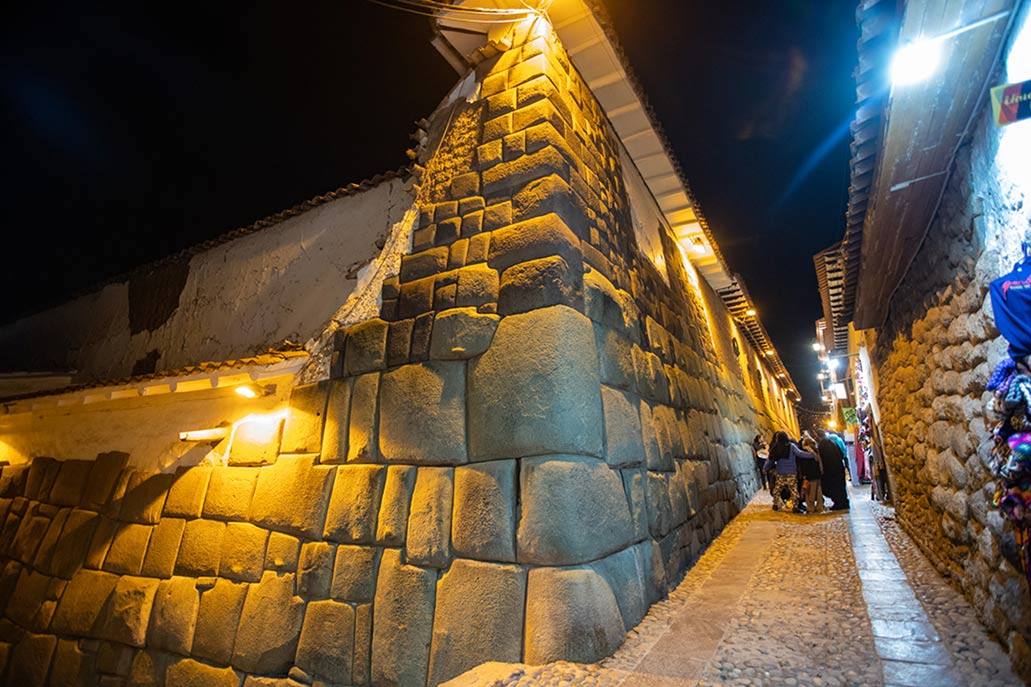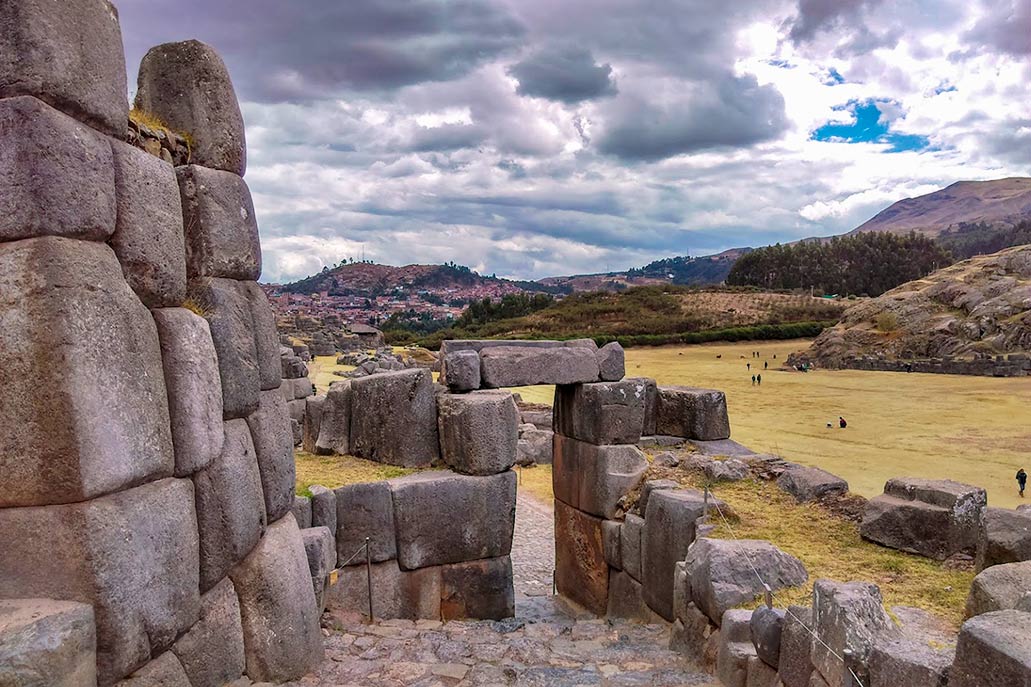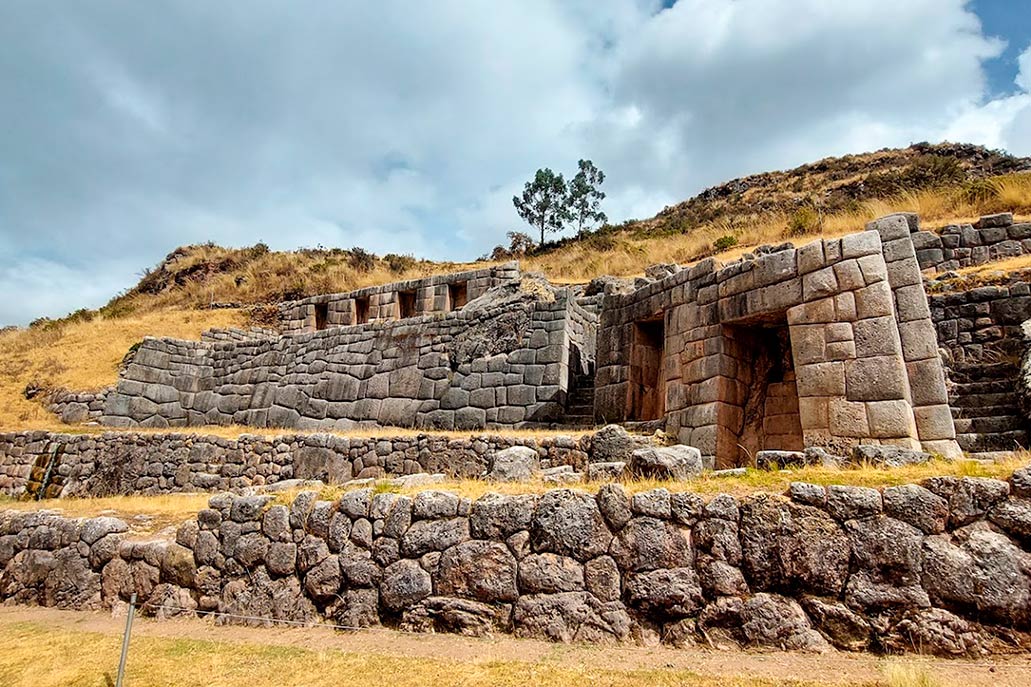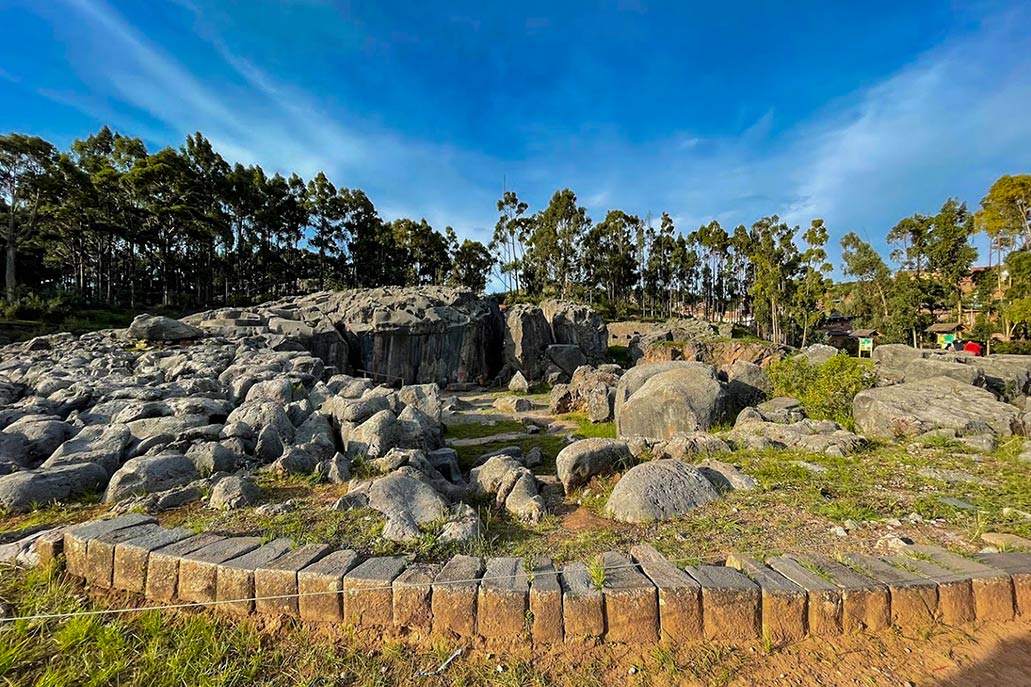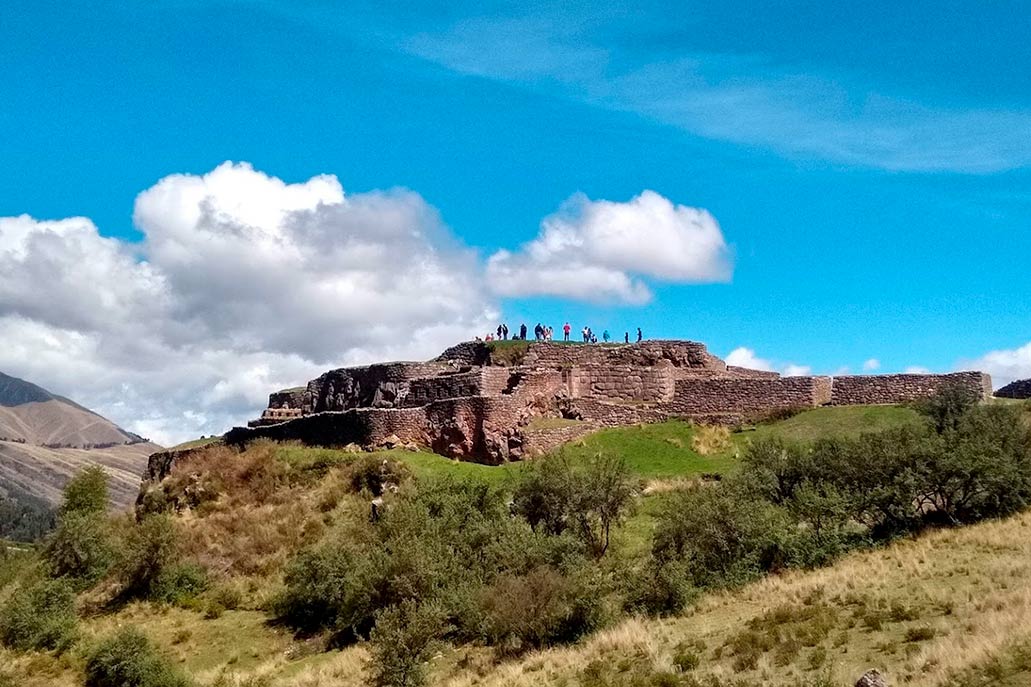City Tour Cusco: This is the most popular tour in Cusco – Peru
All roads lead to Cusco, a phrase that holds also true in this region. The roads that were made along the Tawantinsuyo were unified among them as if they were a network. This entire network of roads had the current Plaza de Armas of Cusco as its central core. Cusco was the capital of one of the largest empires in all of South America. In this article, we will review the history of Cusco, from before its founding by Manco Cápac. In this way, you will have a better context of all the destinations that can be visited in one of the most beautiful cities on the planet.
Content
The history of Cusco
Commenting on the entire history of Cusco is a complicated task for the small space we have. In this sense, we will try to make a summary to better understand the importance of Cusco throughout history. To begin with, we have to point out that before the Inca culture inhabited this place, the Killkes inhabited it, they precisely inhabited the entire Sacsayhuamán sector. The conquest process is not very clear, it was probably an integration under a common agreement.
For their part, the Incas came from the South; it is likely that after the disintegration of the Tiahuanaco culture, different groups went out in search of fertile lands where they could settle and begin to live. Since the arrival of the Incas, it is considered that the population improved considerably. Another change that was made was in the construction of platforms, homes, roads, and especially in agriculture. Something that we must also mention due to its importance is that upon their arrival they established the Sun as the main deity.
The Inca dominion began with Manco Cápac, according to some legends that narrate the arrival of this sovereign to fertile lands that were not very usable. Approximately, this event, which is quite controversial for anthropologists, could have begun between the years 1180 to 1200 AD. C. By consolidating a domain, it would be the descendants of this founder who would manage to expand throughout much of South America.
Cusco itself achieved its splendor after resisting the attack of the Chancas, a warrior ethnic group that was also seeking to expand its domain. It was the Inca Pachacutec, who managed to defend Cusco and after that consolidated an empire with greater territorial control and also made several reforms, both in the city, as well as in religion and politics. After a series of expansions, the entire Tawantinsuyo managed to reach central Chile and northern Argentina. It also achieved territorial control in Bolivia, Ecuador, and Colombia.
After a rule of approximately 350 years, the Incas fell after a series of political problems. At the time of choosing the new Inca, family quarrels began. A people weakened and worn out by the war, saw an opportunity for peace when the Spanish arrived. They managed to more easily control an empire divided and blinded by a civil war. Cusco fell under Spanish control and little by little they exercised control of the main temples and shrines. The churches and temples that can be visited today belonged precisely to the deities or shrines of the Inca predecessors. After that, Cusco changed its initial structure and acquired the shape that we can see and visit today.
The destinations visited on the Cusco City Tour
Currently, in Cusco, you can visit different destinations. Among them, the temples and churches that were built on the foundations of important Inca temples stand out. Likewise, today, it is possible to see a large number of walls and remains of Inca construction that still decorate the streets of Cusco. Other Inca constructions, probably because of the place where they were located, between mountains, were abandoned, but after being devastated or destroyed.
One of those destinations is everything that Sacsayhuamán encompasses, an important ceremonial and religious center. Today, you can only see some foundations and the platforms that were used to fortify and maintain the buildings based on polished stones. Likewise, several places of great value were left forgotten without maintenance of the place and the geography, many were destroyed or were dismantled for other constructions. On the Cusco City Tour, it is possible to visit these destinations and the remains of Inca constructions, combining the tour with colonial constructions. Now we present each of these places.
- Sacsayhuamán: It is located just 2 kilometers from Cusco. The reconstruction of the place was carried out during the mandate of Inca Pachacutec. The construction took more than 50 years, so several Incas had to supervise it until its completion. This place is located on a small mountain, from where you can see the entire city of Cusco. The hypothesis is that Cusco has had the shape of a puma. Sacsayhuamán is the head of the said form. This is quite disputed, but at the same time accepted by some archaeologists. Based on the traces it has, it is believed that it has been a place of social gathering, ideal for worshiping deities. Currently, it is the main headquarters for the production of the famous Inti Raymi.
- Tambomachay: It is one of the buildings that is furthest from Cusco, it is approximately 7 kilometers. This place has water sources that probably served as places of purification for those who wanted to enter Cusco. Likewise, since it was considered a dairy farm, it probably had other buildings such as warehouses or colcas so that travelers could rest or replenish their supplies. Something incredible about this place is that the fountains, mentioned above, continue to function normally. It also has finely polished stones, so the hypothesis is that it was a special place or a shrine for water, considered a deity.
- Pucapucara: It probably had a unique relationship with Tambomachay, in the sense that both constructions are not very far apart. Both places at the same time would serve as the control point with access to Antisuyo. For its part, a characteristic that Pucapucara has is that it resembles a military enclave, due to the presence of terraces and staircases as well as large walls. It is considered the “red fortress”. The stone with which it was built has that reddish characteristic among its components. Also, this construction can be understood as an administrative and control point.
- The Qoricancha: It was the most important Inca temple in Tawantinsuyo. It is estimated that its construction began with the arrival of Manco Cápac to Cusco. There the temple was built little by little, which changed and remodeled throughout the Inca rule. The most significant change occurred during the government of Inca Pachacutec. He was in charge of modifying the entire city and therefore Coricancha began to have a more important structure and social value. Currently, part of its walls can be seen inside and outside the Convent of Santo Domingo. Probably the semicircular wall part of the façade was the wall of the main Temple of the Sun.
- Cusco Cathedral : It is one of the most important buildings in today’s Cusco. It is dedicated to the Virgin of the Assumption. It is located in one of the corners of the Main Square. It is estimated that it was built on the foundations of Suntur Wasi or Government House. The Suntur Wasi was an important venue for establishing communication with the people or between senior leaders. However, there is also a hypothesis that it was built on the palace of the Inca Wiracocha. Above ancient Cusco, various religious constructions were built on Inca temples. This is with the purpose of extirpating idolatries or domination of religious spaces and as a new way of imposing a belief or exercising collective dominance over the masses.
- Textile and craft center in Cusco In Cusco, you can find many textile and craft centers. All of them offer different products based on Inca textiles and decorations typical of the Andean world. Likewise, it is possible to appreciate goldsmith work where decorations, jewelry, and other works stand out, ideal for taking home a souvenir of your visit to Cusco. During the City Tour of Cusco, it is normal to make a stop at one of these craft centers so that tourists can purchase souvenirs and rest from the journey.
Cusco City Tour
The route at the time of doing the Cusco City Tour may change or vary in terms of the order of the activities carried out. However, we always try to visit all the places that we show and which we talked about just above. Normally the visits begin in the Plaza de Armas and enter the Cathedral of Cusco. Next, we walk towards Plaza Regocijo, where the transportation will be that will take us to Sacsayhuamán. After the tour of this archaeological site, we returned to the transport to visit the sites of Qenqo, Pucapucara, and Tambomachay. The tour will end with a visit to Coricancha. So that you can have a better visualization of the route we leave you the following information table.
Departures | Route 1 | Route 2 | Recommendations | |
|---|---|---|---|---|
| Recorrido del City Tour Cusco | This tour has two departure options. One of them is in the morning at exactly 8:30. The next tour starts at 1:30 p.m. | – Cusco Cathedral – Sacsayhuamán – Qenqo – Artisanal Center – Pucapucara – Tambomachay – Coricancha – end of the tour. | – Coricancha – Cusco Cathedral – Sacsayhuamán – Qenqo – Artisanal Center – Pucapucara – Tambomachay – Return to Plaza Regocijo | At any of the times you choose, we recommend having breakfast or lunch well in advance so that you have the energy to do the tour without any problem. |
Start doing the City Tour like this or How to do the City Tour Cusco?
The easiest way to do the Cusco City Tour is through travel agencies. They will take care of all the logistics you will need to make this tour without problems. However, when looking for an agency make sure that they have everything you need and all the services. The essential thing is that they offer you transportation, a professional guide, and entry tickets to all destinations. Otherwise, last-minute payments are likely to arise that would put anyone in trouble.
Another important factor is that they specify the entire itinerary that will be carried out. If you decide to do this entire journey on your own, it is possible. The main recommendation is that you do it by renting private transportation. If you want to make the trip with public transport, it is also possible. For this, the main option is the Señor del Huerto transport company. In any case, you will have to purchase the Cusco Tourist Ticket. You can purchase this when you enter Sacsayhuamán and it will be useful for the rest of the places. In the case of the Cusco Cathedral, you will have to make another payment.
Why do the Cusco City Tour?
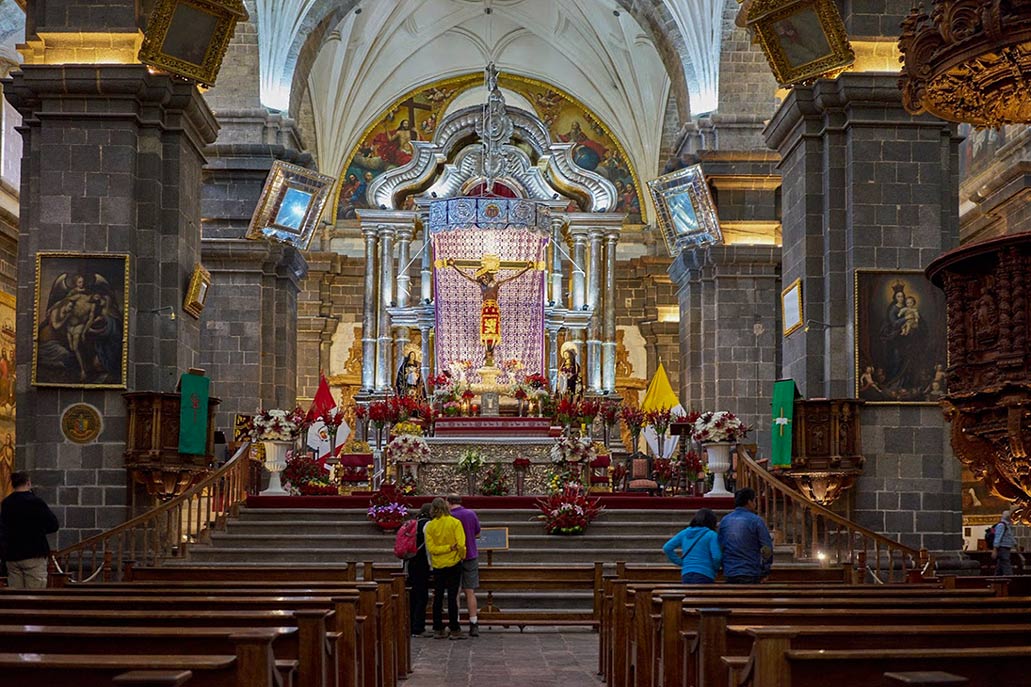
The Cusco City Tour allows anyone who does it to learn more about the important history of the Incas. All the places visited give incomparable value to the walls that can be seen in the city. As we mentioned above, the history of Cusco is extensive and today we can know and see part or the remains of one of the strongest and most important cultures or civilizations in the history of man.
When to do the City Tour Cusco?
The Cusco City tour is also chosen by people who want to acclimatize. The activities carried out are quite comfortable, it is ideal and very effective in the case of acclimatization. Likewise, it can be done as an activity in case you can’t find what to do in Cusco or you have free time. We are sure that you will not regret doing it. However, try to bring and use sunscreen, sunglasses, and a hat or cap. One more fact, any day of the year is ideal to visit it. If you have the option of arriving in June, be sure to purchase your tickets to see Inti Raymi.
